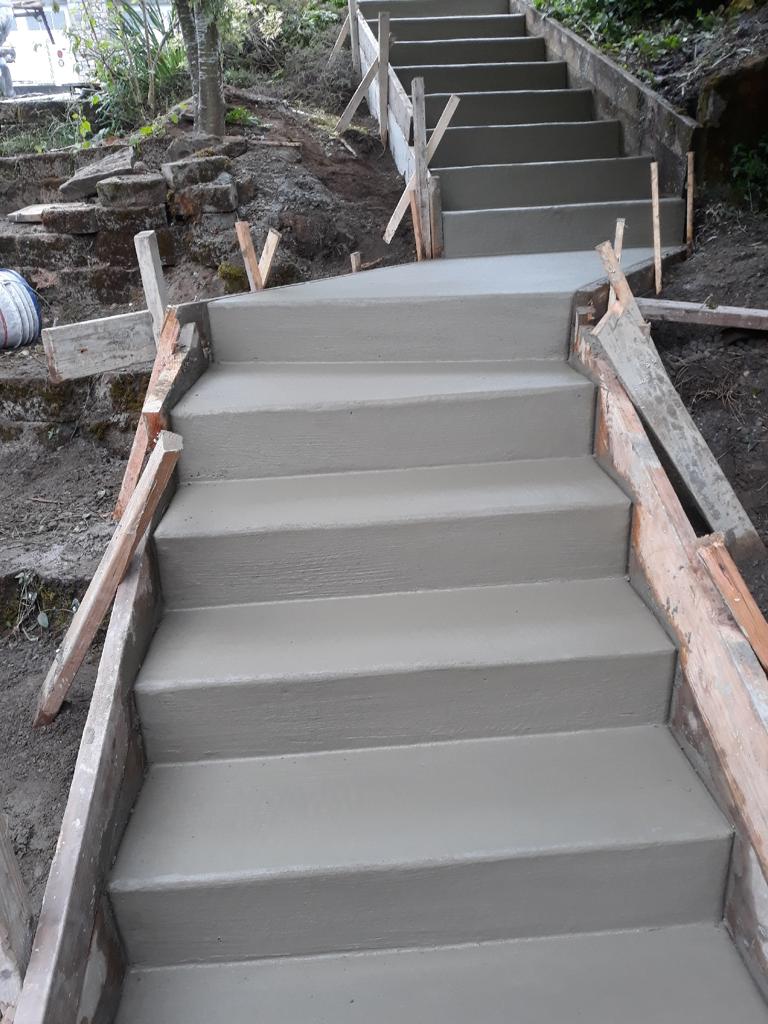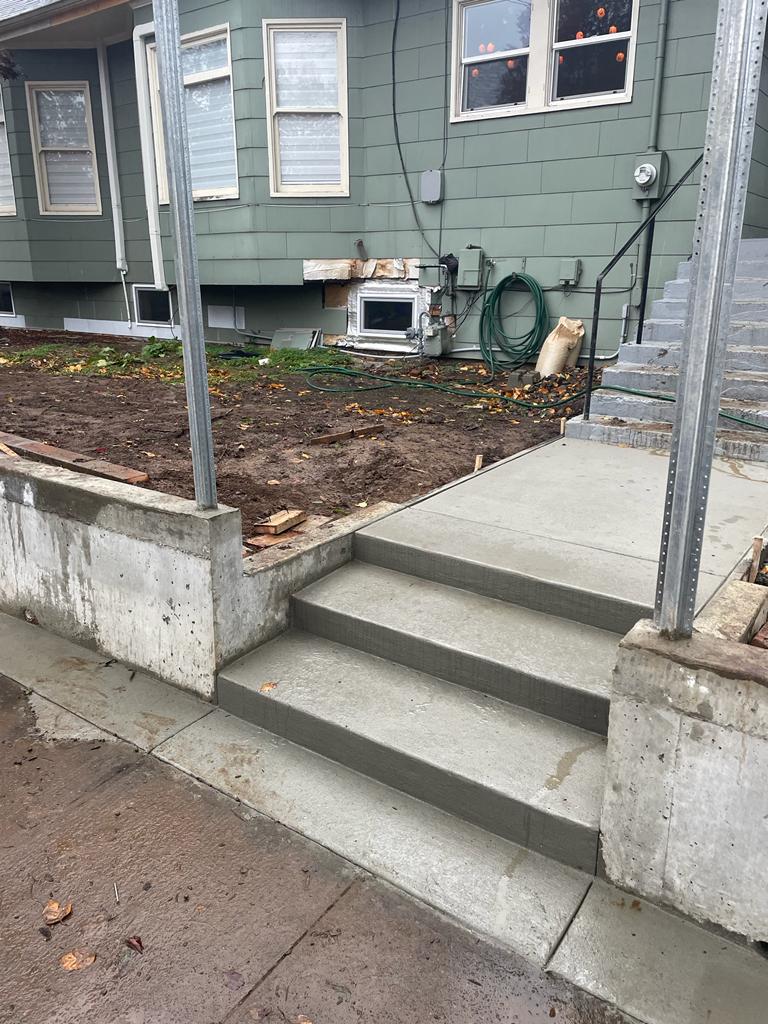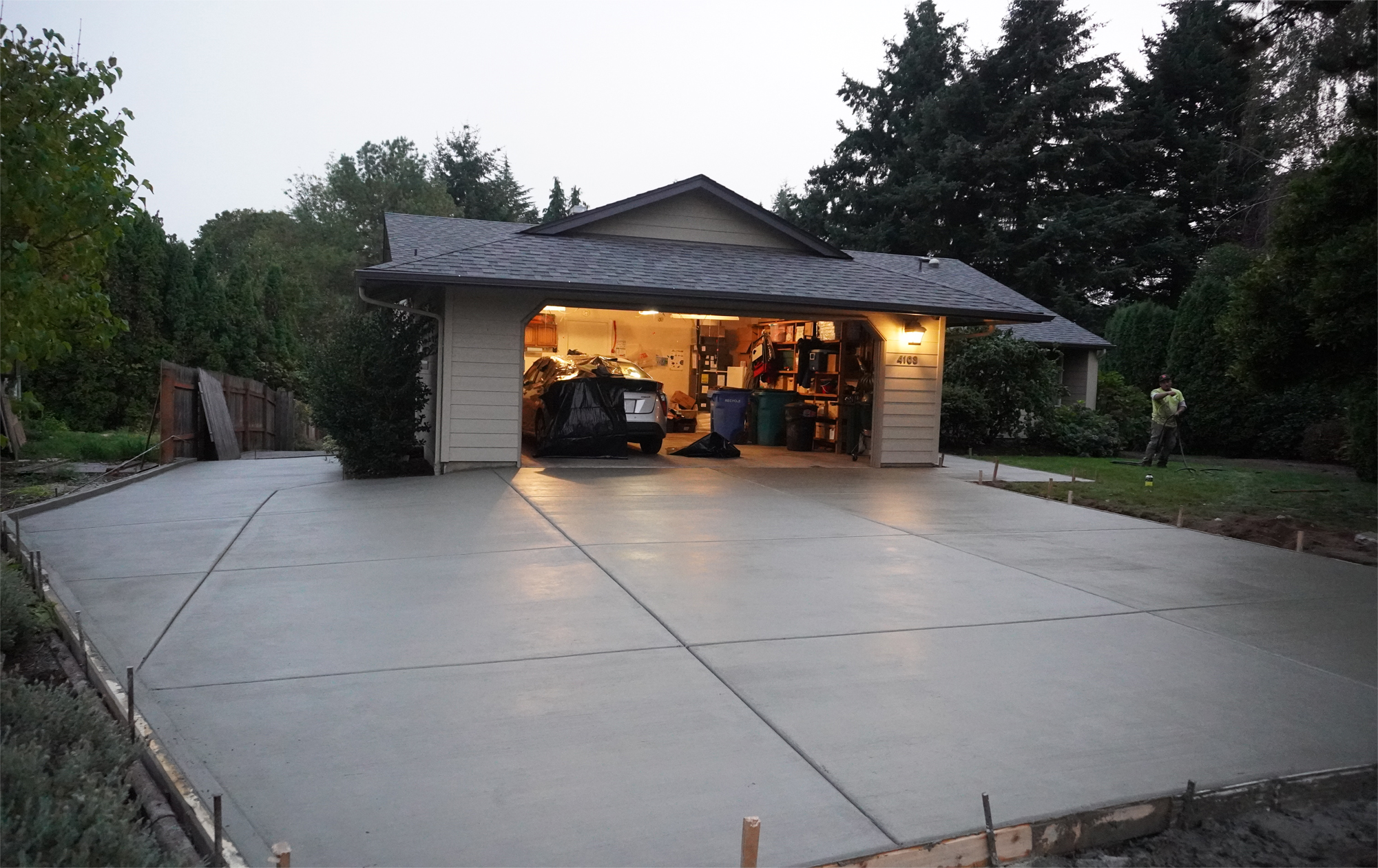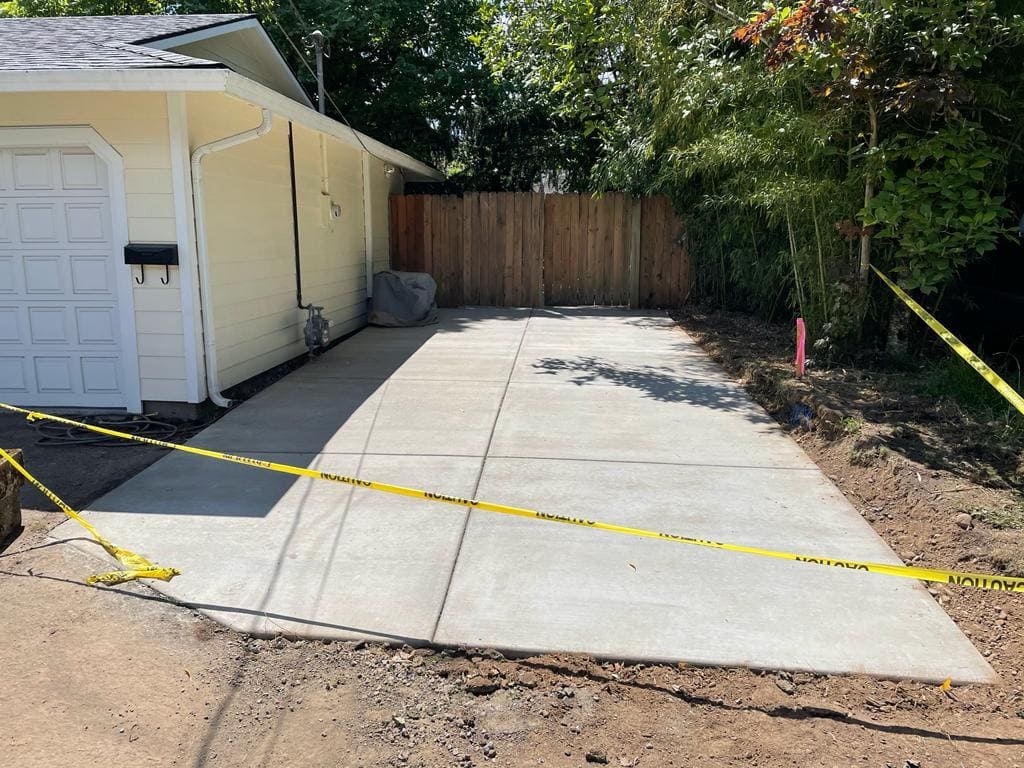Concrete steps tend to get worn out with time despite their sturdiness and easy maintainability. Everyday use can wear away at the edges and corners of stair noses. When big goods like pallets and hand carts are lugged up, and down the steps, the abuse becomes even more obvious.
Repairing your concrete steps is an unavoidable part of their lifecycle. With a few fundamental materials and tools from your local concrete steps installation professionals, you can expediently restore cracked or chipped concrete steps.

Fundamentals of Concrete Step Repair
Chipped tread noses or edges on concrete steps can be fixed by cleaning the area first, then contouring a replacement part out of concrete with a margin trowel. Preparation and fast sculpting are the keys to a good repair without utilising a form.
First, any debris, filth, dust, and moss must be removed from the concrete area to be restored since any of these can cause the repair portion to malfunction.
Second, because concrete hardens quickly, you’ll need to work quickly. In about 10 minutes, concrete becomes stiff to the touch. Before you start mixing the concrete, sketch out the outline of the patch you want to make.
When Should Concrete Steps Be Repaired?
Damaged concrete steps should be fixed as soon as possible for the sake of safety. Keep in mind the temperature ranges of the concrete repair product you’ll be using. Concrete placed at temperatures below 45 degrees Fahrenheit or above 90 degrees Fahrenheit may not cure or cure very slowly.
Why Should Your Repair Concrete Steps?
You are legally responsible for injuries that occur on your premises, in addition to the risk of harm to yourself or your family. Invest in concrete steps installation repair services to keep yourself, guests, and delivery personnel safe.
Physically, once the concrete has begun to erode in some way—through spalling (flaking or peeling), small cracks or chipping, de-lamination, breaking, or blistering—further degradation develops exponentially. Early detection of the problem is crucial in avoiding the need to rebuild completely.
Safety Considerations
Concrete dust should not be inhaled since it might irritate the eyes, nose, and lungs. Use a respirator that has been duly approved for use in Portland, such as an N95 mask or a P100 mask. Wear latex or latex-substitute gloves to protect your hands. Also, during concrete steps installation, keep your safety glasses on at all times.
What You’ll Require
Tools / Equipment
- Wired brushes
- Hammer with a margin trowel
- chisel for masonry
- Vacuum
- bucket with a 5-gallon capacity
- Water and a spray bottle
Materials
- Concrete that sets quickly
- fortifier made of acrylic
- Concrete and asphalt cleanser in liquid form
Instructions
- Concrete should be cleaned and prepared.
- Sweep the surface with a broom to remove any debris.
- Scrub the concrete with a wire brush.
- Make use of a hammer and chisel to chip away the hanging concrete chunks.
- Bleach can be used to get rid of mould and mildew.
- To kill moss on the steps, use a zinc-based moss-killer, or even household detergent can do
- To clean the surface even more thoroughly, use a hose and brush or a pressure washer.
- A concrete cleanser can be used to remove oil stains, paint, and tree sap.
Caution
When pressure washing your concrete stairs, be careful with the impact of the water as it may cause extra damage.
Mixing Concrete
In a 5-gallon bucket, blend the concrete with the necessary quantity of water. At a 4:1 ratio, add the concrete fortifier. Mix to the viscosity of peanut butter.
Wet the Surface
Using a light mist of water, lightly saturate the area to be mended.
Fill in the Chipped or broken Sections
In layers, reassemble the shattered section. To begin, use the margin trowel to press concrete into the damaged section. You’re merely trying to add mass to that portion at this moment, not form.
Sculpt the Concrete Fill
Bring more concrete over with the margin trowel while the bulk fill is still wet and gently tap it into place. At first, you’ll need a little more concrete than the section calls for. With the trowel, shape the corner or the edge. Return any excess concrete back to the bucket. Also, during concrete steps installation, make the concrete fill flush with the rest of the step by smoothing it out.
Allow time for the concrete to set.
Using the spray bottle, lightly moisten the concrete patch for the next 24 hours. Allow no traffic on the steps until the patch is completely dry.
When Should You Hire a Professional?
A mason or a general contractor can repair your concrete steps. If the damage to the concrete stairs is substantial or extends deep within the construction of the steps, you should call either professional for your job.



